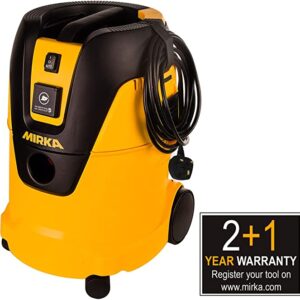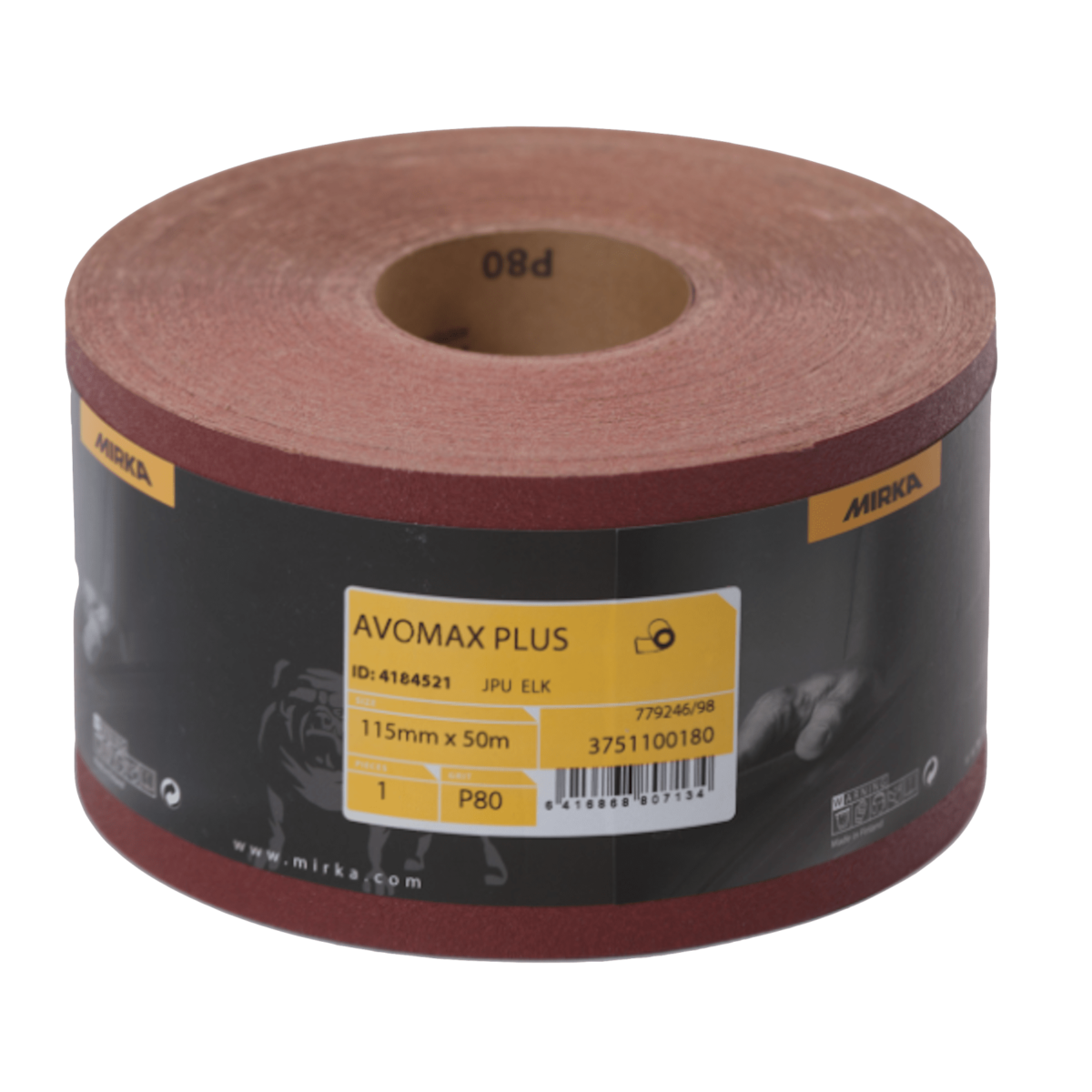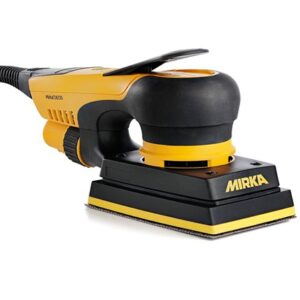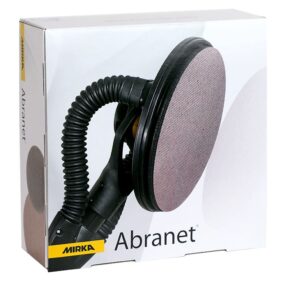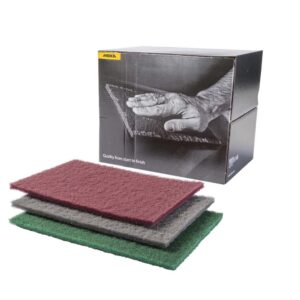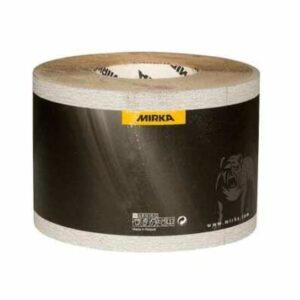Abrasives
Abrasives allow you to finish items you have been working on, with many different types available to help you complete the best finish for your products. We have a phenomenal selection of abrasive products available here at Fosseway Tapes including sand paper and sander machines. Our range contains the most renowned brands including Mirka and 3M, so you can expect outstanding performance and quality with all of our products.
Abrasive Supplies
From sanding pads to sanding discs we have an extensive collection of products to meet all of your requirements. We have specially selected our stock to ensure that we provide the perfect solutions to all your sanding and finishing needs. Browse our abrasives in full now to take advantage of the amazing competitive prices on offer. Alternatively, if you require further information or have any questions regarding abrasive supplies, get in touch with us today to speak to our experts.
What are Abrasives?
Abrasives are a class of materials used to shape, polish, or finish other materials through rubbing or grinding. They come in a wide variety of shapes, sizes, and materials, and are used in a variety of industries, from metalworking to woodworking to electronics.
Most common types of abrasives
One of the most common types of abrasives is sandpaper, which is typically made by bonding grains of abrasive materials, such as aluminium oxide or silicon carbide, to a flexible paper or cloth backing. Sandpaper is used to smooth or remove material from a surface, such as sanding a piece of wood or metal.
Another common type of abrasive is grinding wheels, which are used in machining operations to remove material from a workpiece. Grinding wheels are typically made of a matrix of abrasive particles held together by a binder, such as resin or rubber. They come in a variety of shapes and sizes, and can be used for precision grinding or rough shaping of materials.
Industry uses
Abrasives are also used in the electronics industry, where they are used to shape or polish the surfaces of silicon wafers used in computer chips. In this application, extremely fine abrasives, such as colloidal silica or cerium oxide, are used to produce a highly polished surface that is free from defects or imperfections.
How to select the right abrasive?
When selecting an abrasive, it is important to consider factors such as the material being worked on, the desired level of finish, and the required precision. Coarser abrasives, such as sandpaper with a lower grit number, are used for rough shaping or removal of material, while finer abrasives, such as sandpaper with a higher grit number, are used for smoothing or polishing surfaces.
Backing material
In addition to the type and grit of the abrasive, it is important to consider the backing material and adhesive used to attach the abrasive to the backing. For example, a flexible cloth backing may be used for sandpaper used on curved surfaces, while a rigid plastic backing may be used for grinding wheels used in metalworking operations.
What are abrasives?
Abrasives are materials used for rubbing, grinding, or polishing other materials. They are used in a variety of industries to shape, smooth, or finish surfaces.
What are some common types of abrasives?
Some common types of abrasives include sandpaper, grinding wheels, diamond abrasives, and various other abrasive powders.
What are abrasives made of?
Abrasives can be made from a variety of materials, including aluminium oxide, silicon carbide, diamonds, and other minerals.
How are abrasives used?
Abrasives are used by rubbing, grinding, or polishing surfaces to achieve the desired level of smoothness or shape. They can be used on a variety of materials, including metal, wood, glass, and plastic.
What factors should I consider when selecting an abrasive?
When selecting an abrasive, you should consider factors such as the material being worked on, the desired level of finish, and the required precision. Coarser abrasives are used for rough shaping, while finer abrasives are used for smoothing or polishing surfaces. The backing material and adhesive used to attach the abrasive to the backing should also be considered.
How can I tell when an abrasive is worn out?
When an abrasive is worn out, it will no longer be effective at shaping, smoothing, or polishing the surface. Signs that an abrasive is worn out may include a dull appearance or a loss of effectiveness.
Are there any safety concerns associated with using abrasives?
Yes, there are safety concerns associated with using abrasives. Dust and debris generated by the use of abrasives can be harmful if inhaled, so it is important to wear appropriate safety gear, such as a dust mask and safety goggles. It is also important to follow proper safety procedures when using abrasives, such as securing the workpiece and ensuring that the abrasive is properly secured to the backing.


